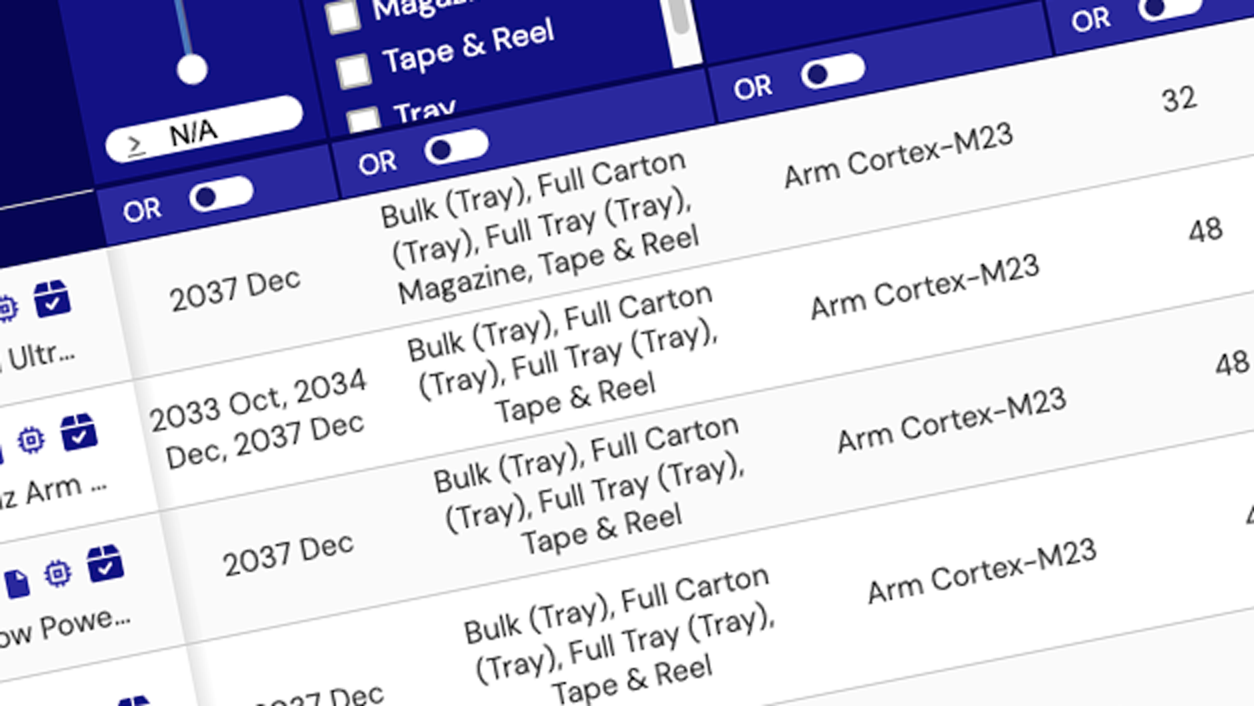Renesas' portfolio of radiation hardened Analog-to-Digital Converters (ADCs) is engineered to deliver unparalleled performance and reliability in environments where exposure to ionizing radiation is a constant challenge. These ADCs are designed with cutting-edge technology and rigorous testing protocols to ensure accurate data acquisition and signal processing under extreme conditions. Renesas' Hi-Rel ADC portfolio achieves high resolution, high dynamic range, and high levels of integration that are perfectly suited for telemetry or command and data handling systems.
Renesas offers products across many screening flows: QML-V, QML-V Equivalent, QML-P, QML-P Equivalent, and RT Plastic. Refer to the product datasheet to determine which flows are applicable.
Simplified Design
Integrated features including multiplexers, buffered inputs, and programmable gain amplifiers (PGA’s) help minimize solution size and facilitate intuitive design.
Superior Precision
High resolution (14 bit+) converters that achieve best-in-class ENOB, INL, DNL, and offset performance.
Designed for Space
Engineered from the ground up for space applications, these converters mitigate SEE and TID effects, ensuring mission-critical reliability without additional design overhead.
